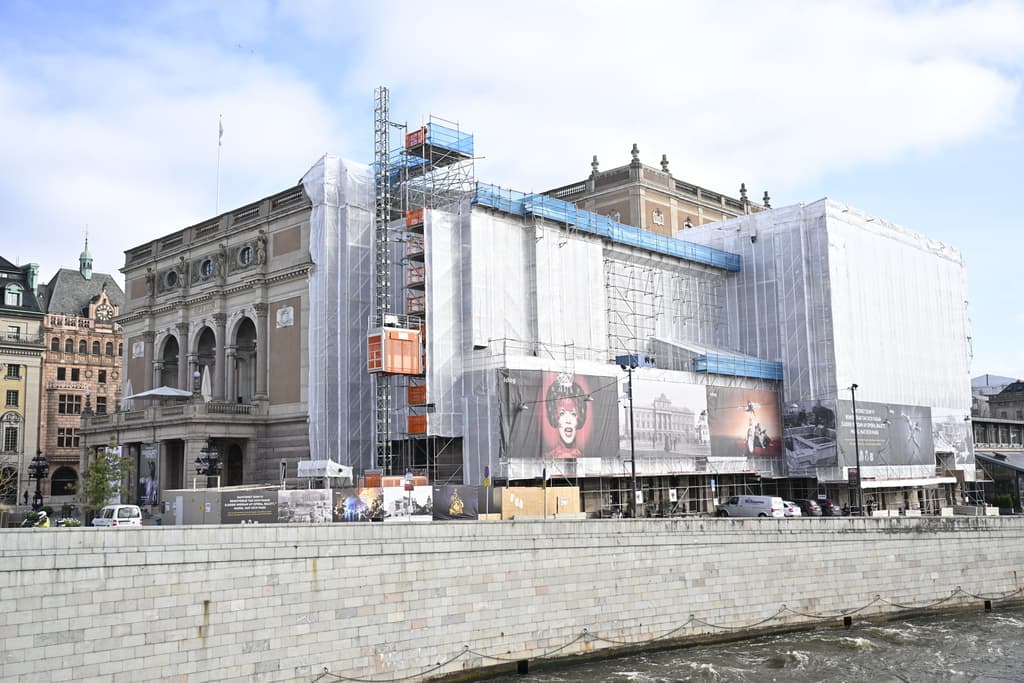The planning for the renovation of the Royal Opera receives the green light from the government. At the same time, the Royal Court Orchestra is informed that they will be able to rehearse in the house even after the renovation – although without expanding the premises.
The planning is estimated to take three years. The opera house in Stockholm will be closed by June 2026 for the renovation. The plan is to be able to move back in by 2031.
When the feasibility study was presented in the spring, criticism came from the Opera. They described, among other things, a proposal to move the Court Orchestra's rehearsals to the Music Academy as a "logistical nightmare".
The plan is now instead to let the orchestra rehearse under the same roof even in the future.
We know that the Royal Court Orchestra is an incredibly important and essential part of the opera's operations. Therefore, we are simultaneously giving the decision on planning and also assigning a task to the National Property Board to redistribute spaces so that they can accommodate the Royal Court Orchestra and their rehearsal rooms, says Culture Minister Parisa Liljestrand (M).
Wants dialogue
The National Property Board must report back on the assignment by August 31. If any other activity has to give way to make room for the Court Orchestra, Liljestrand cannot answer.
The idea is that they will now engage in a dialogue with the affected parties, not least with the Opera, to see how they can best do this, she says.
The Opera has also called for new and larger rehearsal rooms for the Royal Ballet. They have also wished for twice as many audience seats and a separate foyer for a new stage for children and young people, as well as a new entrance towards the King's Garden.
"Does not close any doors"
However, the Opera's alternative involves a larger expansion, with a higher cost that the government is not willing to pay for. The government is, however, open to help from private forces.
From the government's side, we do not close any doors. If there is interest from private financiers to join forces and try to achieve a larger expansion, we leave that door ajar, says Parisa Liljestrand.
She emphasizes at the same time that any private donors must get involved in the project as soon as possible.
It benefits the planning phase to know the conditions as early as possible. It is obvious that it is urgent to get decisions in place. It benefits the Opera, it benefits the operations, and it also benefits the building.
Over the years, several different proposals for renovating the worn-out opera house in Stockholm have been on the table of several governments.
The current proposal, which was presented in a feasibility study in April, costs 3.1 billion kronor and involves the Opera being closed for five years starting in the summer of 2026.
The government has now given the green light for planning, i.e., investigation and preparation work, for which the National Property Board will receive up to 325 million kronor.
The feasibility study includes, among other things, plans for a new and permanent stage for children and young people in the so-called rotunda.
The Opera has presented an alternative that would cost 3.95 billion kronor and includes a larger expansion with twice as many audience seats and a separate foyer for the children's and youth stage, three ballet halls, and a new entrance towards the King's Garden, similar to the one that existed when the house was built.






